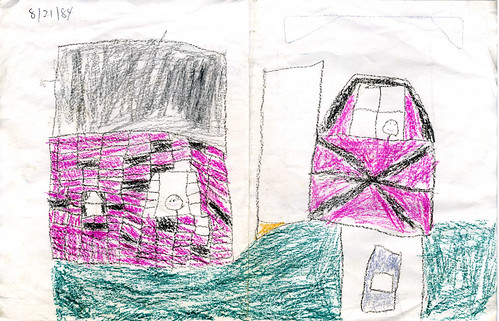Oh man, I really have to find something geekier to write about.
Recently a video of Mitt Romney speaking at a fundraiser has been all over the web. It’s gotten a lot of attention because of claims that 47% of Americans are with President Obama “no matter what” because they “believe that they are victims”, “believe the government has a responsibility to care for them”, and “these are people who pay no income tax.”
I’ve seen a lot of blog comments and the like saying how this video is a huge problem for Romney, how this will turn the election against him, etc. Supposedly this is the secret message to the millionaires that, once out, will turn the 99% against Romney.
I don’t think that’s the case at all.
I think Romney is playing a totally different game. In fact, I don’t think he really believes the “47 percent think they are victims” talk at all, and he knows that he can count on the votes of huge numbers of people who are dependent on government benefits.
This is easy to demonstrate. For example, here’s an article showing that 8 of the top 10 states by percentage paying no income taxes are so-called red states, which vote Republican. Here’s a cool interactive map that shows in more detail where government benefit recipients live, by percentage and benefit type. Clearly that map covers a lot of Romney country.
This New York Times article from earlier this year spells it out in detail: many, many people voting for candidates who promise to slash benefits are currently dependent those same benefits. How can this be?
Some of those votes can be explained by sheer ignorance, but I bet most are explained by human psychology. In Influence: The Psychology of Persuasion, Robert Cialdini writes about the most effective methods for influencing behavior – covering everything from how tupperware parties influence sales decisions to what convinced everyone to drink the koolaid in Jonestown.
One of the tools is called “liking”, specifically association. We want to link ourselves to positive events and disassociate from negative events. Cialdini’s examples mostly deal with the way people talk about sports teams (“we won” instead of “the team won”, etc.), but the same applied to political parties and other political groups. In fact, the more damage we feel to our self-image, the more likely we are to make these associations. So if a life-long Republican loses their job and is forced to live on unemployment, it makes sense if they stand in lock step with the party that’s demanding spending cuts, rather than changing their opinion.
Another related tool of persuasion is similarity. According to Cialdini’s research, we consistently like people who have similar opinions, background, etc. to ourselves, and we’re much more likely to be persuaded by someone we like. Salespeople are trained to find (or fake) similarities with their customers to get them to buy that car. What’s more, we don’t necessarily value objective similarities as much as similarities to who we think we are, or who we would like to be. If you want to change someone’s mind, appeal to their aspirational identity.
So I’m not sure that leaking this secret message to millionaires is that devastating to Romney’s campaign. In America, we are all millionaires who just happen to be facing some setbacks right now. In our heart of hearts, we’re all just one step away from being celebrities and rock stars.
When Romney is talking to millionaires, he knows he’s talking to a lot of thousandaires and nothingaires too. Are you “dependent upon government”? Do you believe you “are a victim”? Do you think you “are entitled to health care, to food, to housing, to you-name-it”? If you feel deeply that you aren’t that kind of person, then you’re mentally placing yourself in that room too, even if you can’t afford the $1000 donation (or whatever) to get in.
Note that I’m not saying that Mitt Romney, or the Republican party, has a monopoly on the use of these techniques, but I think it’s clear they are extremely good at using them, way better than the Democrats. It’s like watching the Harlem Globetrotters play against the Washington Generals.
I have my own political opinions, but my point with this blog post isn’t to convince you to vote one way or another. I just think this is a brilliant demonstration of how human psychology works, and how the psychology of persuasion is used to achieve very counterintuitive results in elections.
What do you think?


